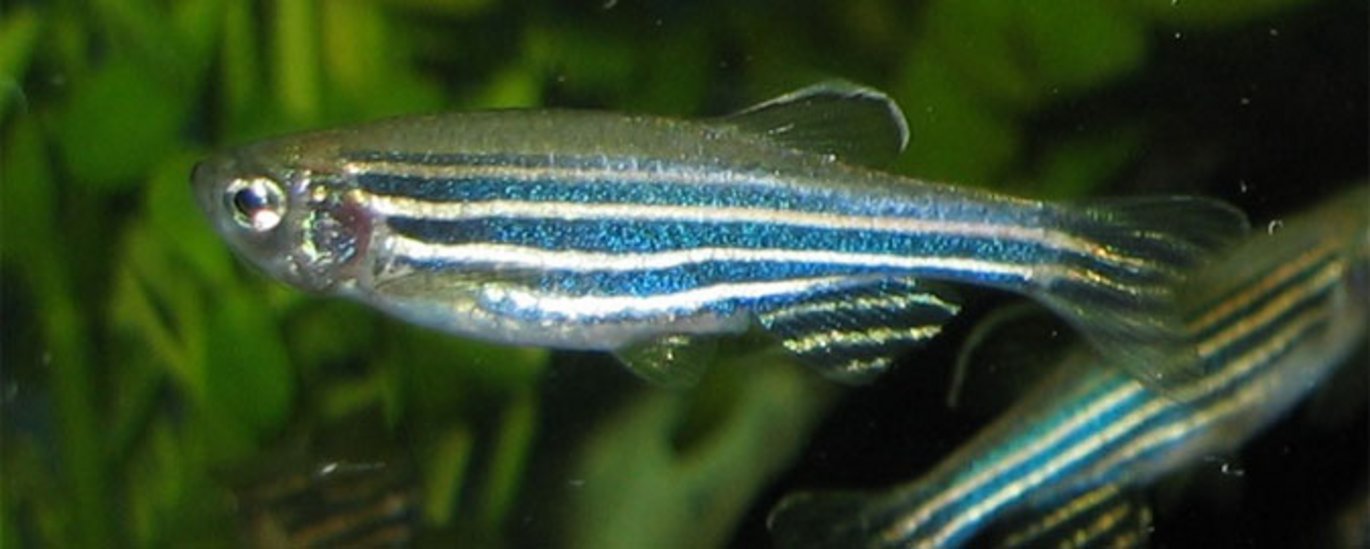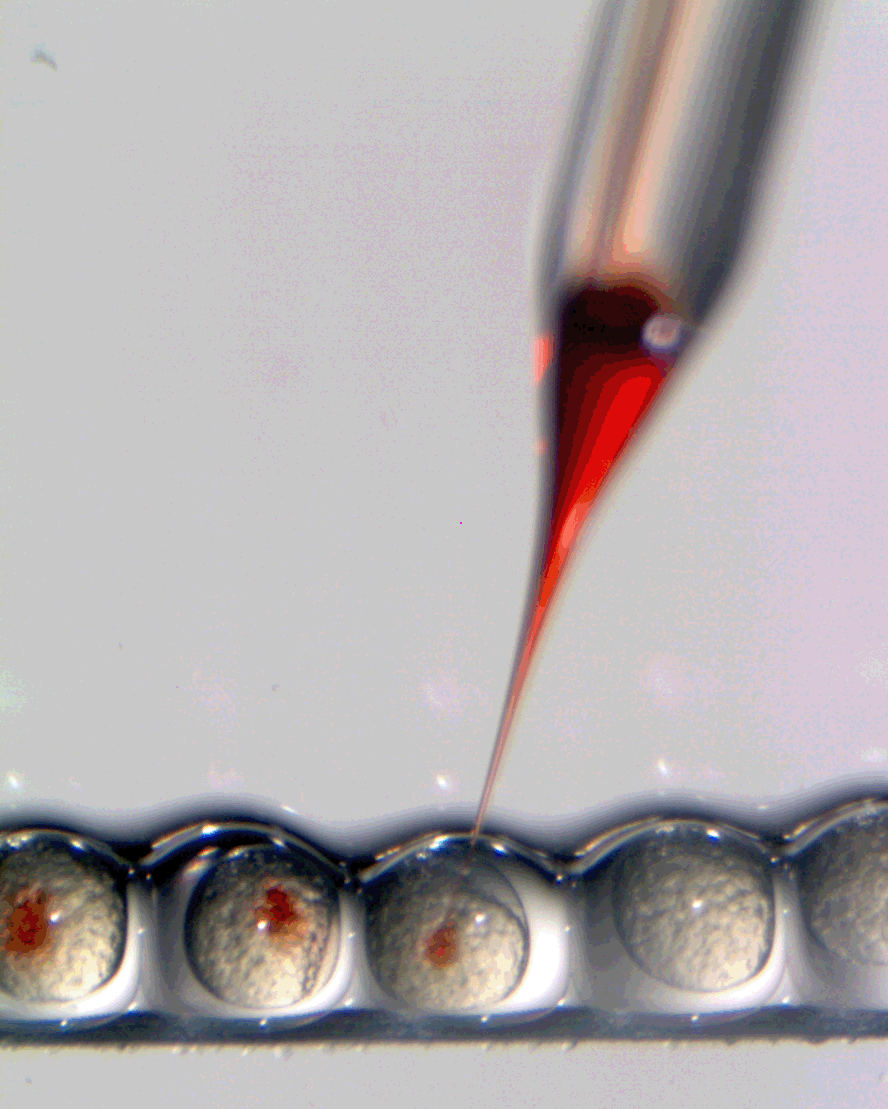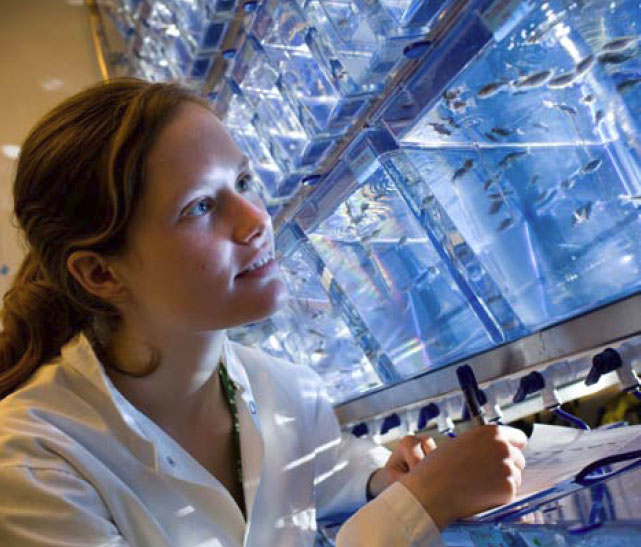From pregnant women to zebrafish
By using zebrafish as a model organism, Danish researchers have now found a novel function of PAPP-A, which regulates the earliest embryonic development. The protein PAPP-A is normally associated with pregnancy, where the concentration in the blood is reduced if the woman is carrying a child with Down’s syndrome. But even though the measurement of PAPP-A in early pregnancy is widespread for diagnostic use, there are large gaps in our knowledge of PAPP-A.




In vertebrates, such as humans and zebrafish, the early stages of embryonic development are surprisingly similar, but there are huge differences in the rate of development. One day after fertilisation, the woman’s egg has divided into two – and nine months later a child is born. In zebrafish, the first cell divisions take place at intervals of only approximately 15 minutes, and after 24 hours, the embryo has already developed into a recognisable organism with a beating heart and circulating blood cells.
Speed is not the only advantage of using zebrafish as a model organism. In the first days of the life of the fish, the embryo is transparent, and it is possible to follow the development in real time under a microscope. Researchers can follow the formation of somites, for example, which later develop into the vertebral column.
PAPP-A controls the development of the zebrafish
Despite the obvious differences between humans and zebrafish, researchers at Aarhus University discovered that PAPP-A is also found in the fish. Biochemically, zebrafish and human PAPP-A are very similar. In fact, human and zebrafish PAPP-A function equally well in the fish.
This is precisely why the zebrafish is extremely useful as a model organism to understand the biological function of PAPP-A. If a fish is allowed to develop without PAPP-A, it develops much more slowly than usual. The highly accurate timing that regulates the formation of the somites is significantly disturbed if the fish lacks PAPP-A.
By choosing the zebrafish as a model organism, researchers get different tools with which they can manipulate the early events in embryonic development at the molecular level. The Danish researchers have now surprisingly found that the biochemically well-known enzymatic activity of PAPP-A is not connected with the reduced rate of development. They also found that PAPP-A controls timing in a way not previously recognised. These results have just been published in the prestigious Journal of Biological Chemistry.
“We’ve still got a long way to go before we can understand in detail how a low level of PAPP-A is associated with Down’s syndrome, for example. But our results set an entirely new direction, which can lead to the answer,” says Professor Claus Oxvig, Department of Molecular Biology and Genetics.
Zebrafish widely used as a model organism
The zebrafish is widely used worldwide as a model organism for molecular studies, but Aarhus University is currently the only place in Denmark where this is done.
“During the past few years, we’ve been implementing the use of zebrafish as a model organism,” explains Professor Oxvig. “We did this to address questions related to developmental biology, such as understanding the role of PAPP-A in the earliest embryonic development, but also to use the fish as a model for fundamental cellular processes and for the development of disease, where parallels are surprisingly frequently found between zebrafish and humans,” he continues.
Professor Oxvig’s laboratory is connected to DAGMAR, Danish Genetically Modified Animal Resource, which uses several different organisms as animal models.
“There are many factors to consider – experimental, economic and animal ethical. The zebrafish is noted for being an economic animal model, and tests can be carried out relatively quickly. It’s got its limitations, of course – and sometimes we have to turn to other organisms,” concludes Professor Oxvig.
Link to the scientific article in Journal of Biological Chemistry
 |
Further information
 | Professor Claus Oxvig Professor Claus Oxvig Department of Molecular Biology and Genetics Aarhus University, Denmark co@mb.au.dk – +45 3036 2460 |
or
 | Researcher Kasper Kjær-Sørensen Department of Molecular Biology and Genetics Aarhus University kks@mb.au.dk - +45 5144 6497 |
